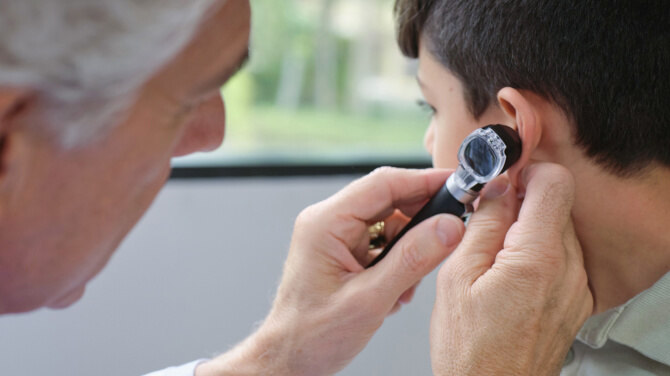Resource Center
All ContentBlogCase StudiesCustomer Success StoriesebooksWebinars
- Marty Fenn
- October 15, 2025
- 7 min read
AI-powered Chart Assistant for clinical workflows
Read how Chart Assistant will use generative AI to extract and summarize key patient information. Read moreMore resources

- Erika Christiansen
- October 10, 2025
- 4 min read
clinical documentation
Mali & Mali Pediatrics drives efficiency with athenaOne
Learn how a pediatric organization grew their practice and streamlined clinical efficiency with athenaOne.
Read more 
- athenahealth
- October 22, 2025
- 5 min read
electronic health record
FHIR Event Notifications: Advancing interoperability
FHIR Event Notifications transform healthcare by enabling faster, seamless data sharing.
Read more 
- Marty Fenn
- October 21, 2025
- 6 min read
AI in healthcare
Introducing the athenaOne® Advanced Intelligence Layer
Read about the vision for an Advanced Intelligence Layer in AI-native athenaOne®
Read more 
- Marty Fenn
- October 15, 2025
- 7 min read
AI in healthcare
AI-powered Chart Assistant for clinical workflows
Read how Chart Assistant will use generative AI to extract and summarize key patient information.
Read more 
- Erika Christiansen
- October 10, 2025
- 4 min read
clinical documentation
Mali & Mali Pediatrics drives efficiency with athenaOne
Learn how a pediatric organization grew their practice and streamlined clinical efficiency with athenaOne.
Read more 
- athenahealth
- October 22, 2025
- 5 min read
electronic health record
FHIR Event Notifications: Advancing interoperability
FHIR Event Notifications transform healthcare by enabling faster, seamless data sharing.
Read more 
- Marty Fenn
- October 21, 2025
- 6 min read
AI in healthcare
Introducing the athenaOne® Advanced Intelligence Layer
Read about the vision for an Advanced Intelligence Layer in AI-native athenaOne®
Read more 
- Marty Fenn
- October 15, 2025
- 7 min read
AI in healthcare
AI-powered Chart Assistant for clinical workflows
Read how Chart Assistant will use generative AI to extract and summarize key patient information.
Read more 
- Erika Christiansen
- October 10, 2025
- 4 min read
clinical documentation
Mali & Mali Pediatrics drives efficiency with athenaOne
Learn how a pediatric organization grew their practice and streamlined clinical efficiency with athenaOne.
Read more Empower your practice

AI powered patient engagement
Learn how AI tools can help improve patient loyalty and outcomes.





